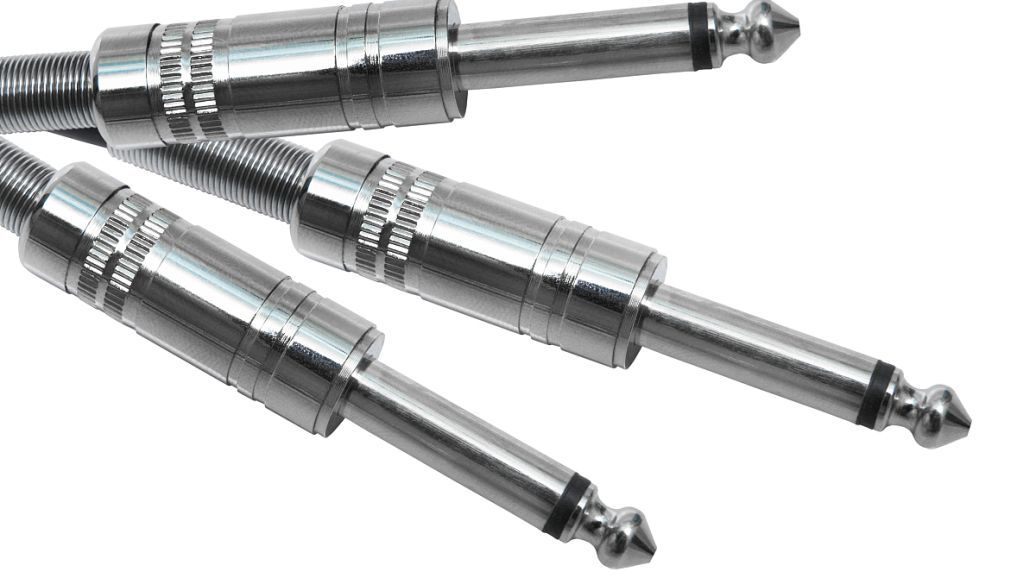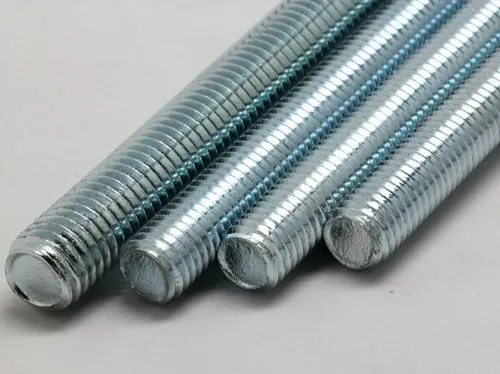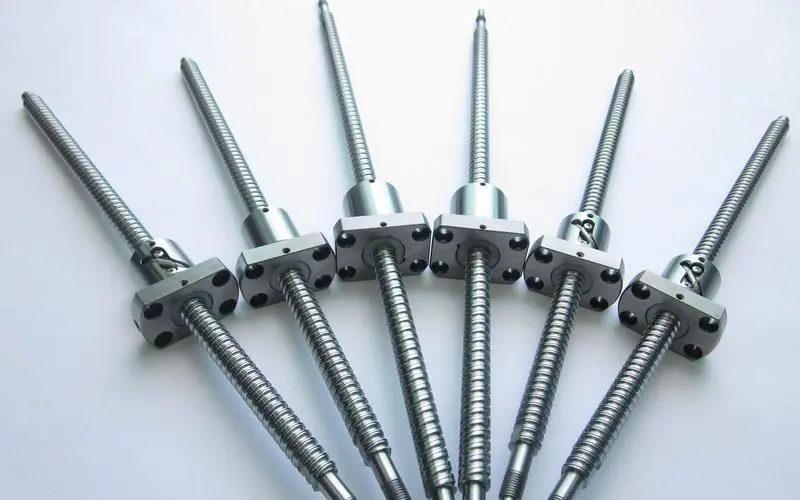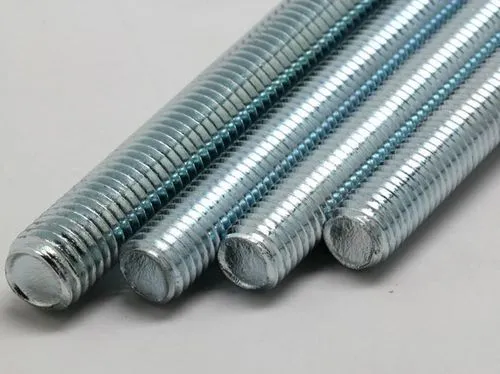News Detail
YangSen offers remarkable products, fast services, and punctual delivery time.
15
2024
-
10
A Detailed Comparison:Ball Screw and Lead Screw in CNC
Author:
Compares ball screws and lead screws, focusing on their construction, working principles, advantages, limitations, and applications in CNC machines.
In CNC machines, motion control is critical to ensuring precision, speed, and efficiency. Two primary components used to convert rotary motion into linear motion are ball screws and lead screws. Both systems serve similar functions but differ significantly in design, performance, and applications. Understanding these differences helps machine operators and engineers select the best option for their specific needs. This article compares ball screws and lead screws, focusing on their construction, working principles, advantages, limitations, and applications in CNC machines.
1. What is a Ball Screw?

A ball screw is a mechanical linear actuator that converts rotational motion into linear motion with minimal friction. It consists of a threaded shaft (the screw), a nut, and recirculating ball bearings. The ball bearings roll between the screw and the nut, reducing friction and increasing efficiency.
Key Components:
- Screw Shaft: The shaft is threaded to match the ball bearings, allowing the bearings to roll as the screw rotates.
- Ball Nut: The ball nut holds the recirculating ball bearings and moves along the screw shaft as it rotates.
- Recirculating Balls: These ball bearings roll between the screw and the nut, reducing friction and enabling smooth motion.
Working Principle:
When the screw rotates, the ball bearings inside the nut roll along the grooves of the screw, creating a low-friction interface. This rolling motion reduces energy loss and increases the efficiency of force transmission. The recirculating nature of the balls ensures continuous operation and smooth movement.
Applications:
Ball screws are widely used in CNC machines, including milling machines, lathes, and 3D printers. They are favored for high-precision applications requiring accuracy, repeatability, and efficiency.
2. What is a Lead Screw?

A lead screw is a threaded shaft used to convert rotary motion into linear motion. Unlike ball screws, lead screws do not use rolling elements like ball bearings. Instead, they rely on direct contact between the screw and the nut, generating higher friction.
Key Components:
- Screw Shaft: The threaded shaft, which typically has a trapezoidal or acme thread design.
- Lead Nut: The nut that moves along the screw shaft as it rotates, using sliding contact to create linear motion.
Working Principle:
As the lead screw rotates, the nut moves along the threads of the screw. Because there are no rolling elements, the movement is based on sliding friction, which results in more frictional resistance compared to ball screws.
Applications:
Lead screws are commonly found in applications that require lower precision but greater load-holding capabilities, such as 3D printers, linear actuators, and non-CNC industrial equipment.
3. Advantages and Limitations of Ball Screws
Advantages:
- High Efficiency: The rolling contact between the ball bearings and the screw results in very low friction, typically achieving efficiency rates as high as 90-95%.
- Precision and Accuracy: Ball screws offer high positioning accuracy and repeatability, making them ideal for CNC applications where precision is critical.
- Smooth Motion: The ball bearings provide smooth linear motion, which helps maintain high-quality surface finishes in machining.
- High Load Capacity: Ball screws are capable of handling heavier loads compared to lead screws, due to the even distribution of load across multiple ball bearings.
- High Speed: Ball screws can operate at higher speeds with less friction, making them suitable for fast-moving CNC systems.
Limitations:
- Cost: Ball screws are more expensive to manufacture due to the complexity of the recirculating ball system.
- Complex Maintenance: The ball bearings require regular lubrication to avoid wear and ensure smooth operation, making maintenance more involved.
- Backlash: Without proper preloading, ball screws can experience backlash (slight movement of the screw before motion starts), although this can be mitigated with anti-backlash designs.
4. Advantages and Limitations of Lead Screws
Advantages:
- Cost-Effective: Lead screws are simpler to design and manufacture, making them less expensive than ball screws.
- Self-Locking: Lead screws provide higher friction, which can act as a self-locking mechanism in applications where holding a position under load is important. This feature is useful in vertical CNC setups or applications requiring a fail-safe in the event of power loss.
- Simplified Maintenance: Lead screws typically require less frequent lubrication, and their overall maintenance is simpler compared to ball screws.
- Load-Holding Capability: Lead screws can hold a load in place when not in motion, making them suitable for applications where position retention is critical.
Limitations:
- Lower Efficiency: Due to the sliding friction between the screw and the nut, lead screws are less efficient, with typical efficiency rates around 50-70%.
- Friction and Heat: The increased friction generates heat, which can lead to wear and reduced performance over time.
- Limited Speed: Lead screws are not ideal for high-speed applications, as the friction can cause excessive wear and require frequent maintenance.
- Lower Precision: Lead screws are less accurate and precise than ball screws, making them less suitable for applications requiring high levels of accuracy.
5. Ball Screw vs. Lead Screw: A Direct Comparison
| Criteria | Ball Screw | Lead Screw |
| Efficiency | High (90-95%) | Moderate (50-70%) |
| Friction | Low (rolling friction) | High (sliding friction) |
| Precision | High accuracy and repeatability | Moderate accuracy |
| Speed | Suitable for high-speed applications | Limited speed capabilities |
| Load Capacity | High load capacity | Lower load capacity, but good load-holding |
| Cost | Expensive | Cost-effective |
| Maintenance | Requires regular lubrication | Simple maintenance with less frequent lubrication |
| Backlash | Can occur, but can be reduced with preloading | Minimal, thanks to higher friction |
| Self-Locking | No | Yes (self-locking at rest) |


6. Which One is Right for Your CNC Machine?
Choosing between a ball screw and a lead screw depends on the specific requirements of the CNC machine and the application. Here's a breakdown:
-
Ball Screws are the go-to choice for applications requiring high precision, efficiency, and speed. In CNC milling machines, lathes, and other high-precision equipment, ball screws offer superior accuracy and smooth operation. They are also the best option for heavy-duty applications due to their high load capacity and durability. However, they come at a higher cost and require more maintenance.
-
Lead Screws, on the other hand, are more suitable for lower-precision applications or where cost savings are a priority. They excel in situations where self-locking is advantageous, such as in vertical axes or when holding a load in place without active control. Lead screws are also a good fit for hobbyist or entry-level CNC machines, where the cost of ball screws may not be justified.
Conclusion
Both ball screws and lead screws are essential components in CNC machines, each with its strengths and limitations. Ball screws are ideal for high-precision, high-speed applications, while lead screws offer cost savings and self-locking capabilities. Understanding the differences between these two systems allows engineers and machine operators to make informed decisions based on the specific needs of their CNC equipment.


